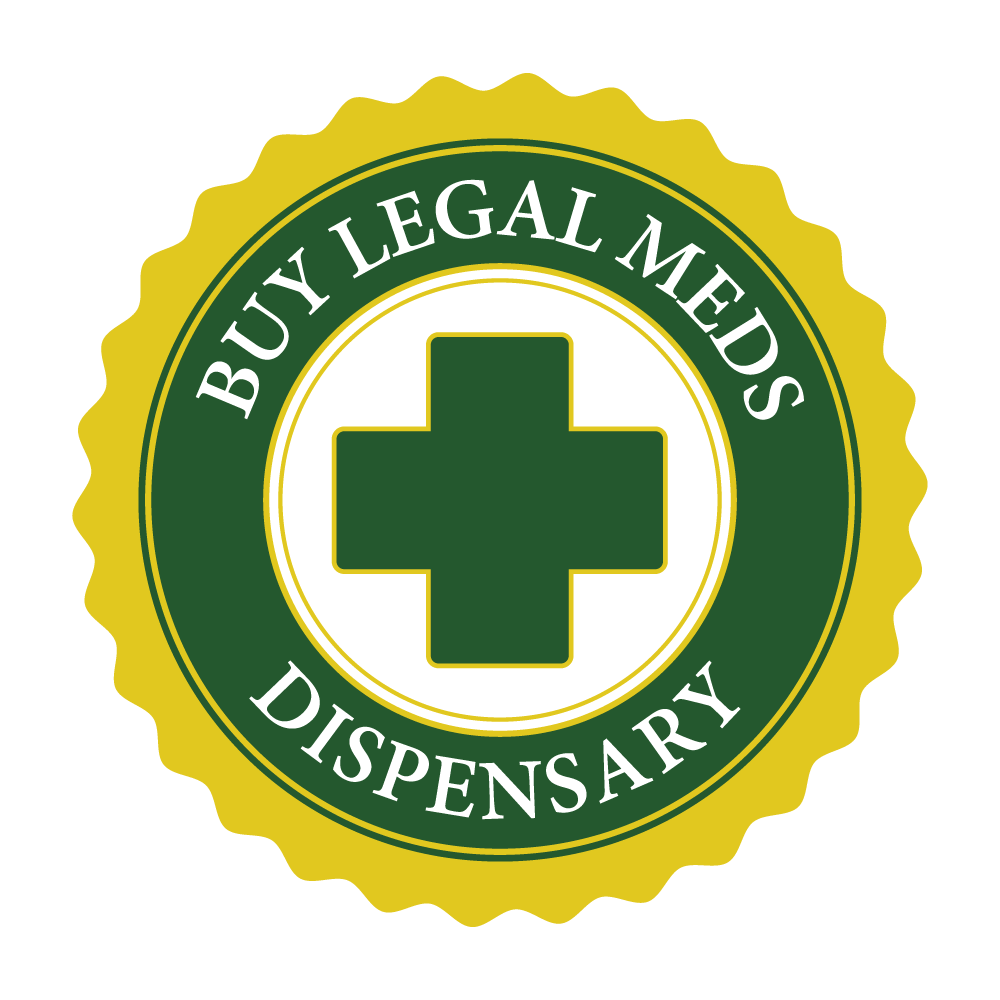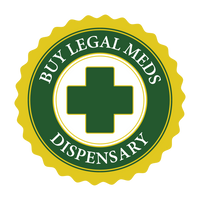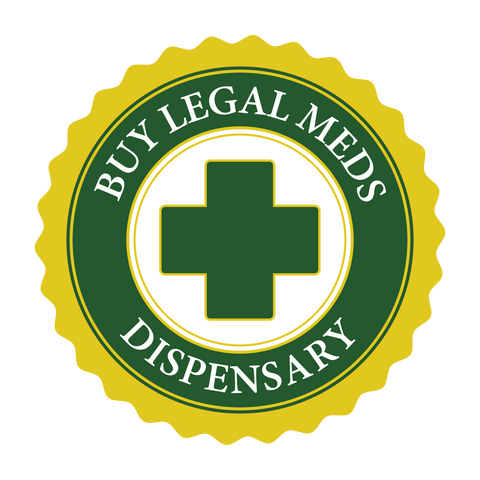Read a lab result:
CBD, or cannabidiol, is a non-psychoactive compound found in the cannabis plant that has gained immense popularity in recent years due to its potential health benefits. As the demand for CBD products continues to increase, consumers must understand how to read the lab results of the products they purchase. In this blog post, we will discuss why it is essential to read the lab results of CBD products and how to interpret the information found on the certificate of analysis (COA).
One of the most critical reasons to read the lab results of a CBD product is to ensure that the product is safe to consume. The COA will provide information on the levels of THC (tetrahydrocannabinol), the psychoactive compound found in cannabis, in the product. It is important to note that CBD products must contain less than 0.3% THC under federal law. If the lab results show a higher concentration of THC, the product may not be legal in your state and could also cause a failed drug test.
Additionally, the COA will provide information on the levels of CBD and other cannabinoids found in the product. This information is essential to ensure that the product contains the CBD advertised on the label. It is common for products to contain less CBD than advertised, so reading the lab results is a way to confirm that you are getting the right CBD for your money.
The COA will also provide information on the presence of heavy metals, pesticides, and other contaminants in the product. These contaminants can harm human health and should not be present in any CBD product. By reading the lab results, you can ensure that the product is free of these harmful substances.
Now that we have covered the importance of reading the lab results of CBD products let's discuss how to read the information found on the COA. The first thing to look for is the name and address of the testing facility. This information will be located at the top of the COA and should match the information on the product label. The product may only be authentic or counterfeit if the information matches.
The majority of the information on the COA will be found in the form of a table or graph. This information will include the levels of THC, CBD, and other cannabinoids in the product and the stories of heavy metals, pesticides, and other contaminants. It is essential to note that the levels should be below the acceptable limit for each substance.
How to Read a CBD Lab Result
When shopping for CBD online, one of the most important steps is understanding exactly what is inside the product. That is where CBD lab results, also called Certificates of Analysis (COAs), become essential. These reports are issued by independent third-party laboratories and provide a detailed breakdown of the contents of the product, including cannabinoids, terpenes, and safety screenings.
At BuyLegalMeds.com we have been leading the CBD industry since 2015 with transparency at the core of everything we do. We believe that every customer should know how to read a lab result in order to make informed decisions. This guide will walk you through the process step by step and explain what each section of a lab report means.
Why CBD Lab Results Are Important
Lab results are more than paperwork. They are your proof of quality and safety. A trustworthy CBD company will always provide third party lab testing.
Here is why lab results matter:
- Accuracy: They confirm that the levels of CBD or THC listed on the label match the product.
- Safety: They show that the product is free from harmful levels of pesticides, solvents, heavy metals, and microbes.
- Transparency: They build trust by allowing you to verify what you are consuming.
- Compliance: They ensure hemp products meet the federal guideline of less than 0.3 percent Delta 9 THC.
Key Sections in a CBD Lab Report
Most lab reports include several categories of testing. While layouts vary, the most common sections are:
- Cannabinoid profile
- Terpene profile
- Residual solvent testing
- Pesticide analysis
- Heavy metal screening
- Microbial contaminant testing
Cannabinoid Profile
The cannabinoid profile shows which cannabinoids are present and in what concentrations. Results are usually displayed as a percentage or in milligrams per gram.
What to Look For
- CBD content: Confirms that the amount of CBD advertised is accurate.
- THC levels: Federal law requires less than 0.3 percent Delta 9 THC.
- Additional cannabinoids: Compounds such as CBG, CBC, or CBN may be present and can add to the entourage effect.
If your CBD tincture is labeled as 1000 mg, the lab result should reflect this amount. If the result shows much less, that is a red flag.
Terpene Profile
Terpenes are natural compounds in hemp that influence flavor, aroma, and effects. A terpene profile shows which terpenes are present and their amounts.
Why Terpenes Matter
- They shape the aroma and taste of the product.
- They may enhance the effects of cannabinoids, making some strains more relaxing and others more energizing.
- A rich terpene profile is often a sign of a carefully crafted product.
Residual Solvent Testing
If a product was extracted using solvents such as ethanol or butane, a lab test will check for any remaining traces.
What to Check
- Results should show non detectable levels of solvents.
- If any traces remain, they must be below the safety thresholds set by health standards.
Pesticide Analysis
Hemp naturally absorbs substances from the soil, so pesticide testing is critical. A trustworthy lab report will list pesticides and confirm if they are detected.
What You Want to See
- “Not detected” or “ND” for every pesticide listed.
- A clear “PASS” result across this section.
Heavy Metal Screening
Hemp can absorb metals such as lead, cadmium, arsenic, and mercury. This section ensures the product is safe to consume.
What to Check
- Results should show non detectable levels of metals.
- Any trace levels must be well below allowable safety limits.
Microbial Contaminant Testing
Lab reports also check for bacteria, yeast, and mold.
Common Tests
- Salmonella
- E. coli
- Aspergillus mold
The safest products will show “not detected” for all microbes.
How to Read Potency Numbers
Potency is often expressed in percentages, milligrams per gram, or milligrams per serving.
Examples
- Percentage: Shows the concentration compared to the total product.
- Milligrams per gram: Common for flower and concentrates.
- Milligrams per unit: For gummies or tinctures, this tells you how much CBD or THC is in each serving.
If a gummy claims 10 mg of Delta 9 THC, the lab report should confirm around 10 mg per piece, within a small margin of difference.
QR Codes and Easy Access
Many products now include QR codes on packaging. Scanning the code should take you directly to the Certificate of Analysis. This is one of the fastest ways to confirm authenticity and ensure the product is legitimate.
If no QR code or lab result is available, it is a sign to avoid the product.
Red Flags in Lab Results
- Missing categories such as pesticides or solvents.
- Results that show less CBD than advertised.
- Reports from in house labs rather than third party labs.
BuyLegalMeds.com and Transparency
At BuyLegalMeds.com, every product we carry comes with complete lab results. From CBD oil and Delta 9 gummies to THCA flower and THC vapes, all results are posted for you to review. We have built our reputation since 2015 on providing quality, compliance, and transparency.
Final Thoughts
Learning how to read a CBD lab result empowers you to make safe and informed choices. By reviewing cannabinoid content, terpene breakdown, and safety tests, you can confirm the quality of what you buy.
When you shop at BuyLegalMeds.com, you can be confident that every product comes with proof of authenticity and purity. Explore our store today and see why customers nationwide have trusted us for nearly a decade.
Lastly, look for a compliance statement or a pass/fail statement. This statement will indicate whether the product has passed or failed the testing based on the levels of THC, CBD, and other substances. A product that has failed testing should not be consumed.
In conclusion, reading the lab results of CBD products is essential to ensure that the product is safe to consume, contains the advertised amount of CBD, and is free of contaminants. By understanding how to read the information found on the COA, consumers can make informed decisions about the CBD products they purchase. Always look for COAs and check the product's authenticity before purchasing, and do not hesitate to contact the company if there is any doubt. Remember, as a consumer; it is your right to know what you are consuming and that your safety should be the top priority.






